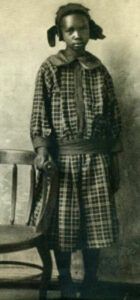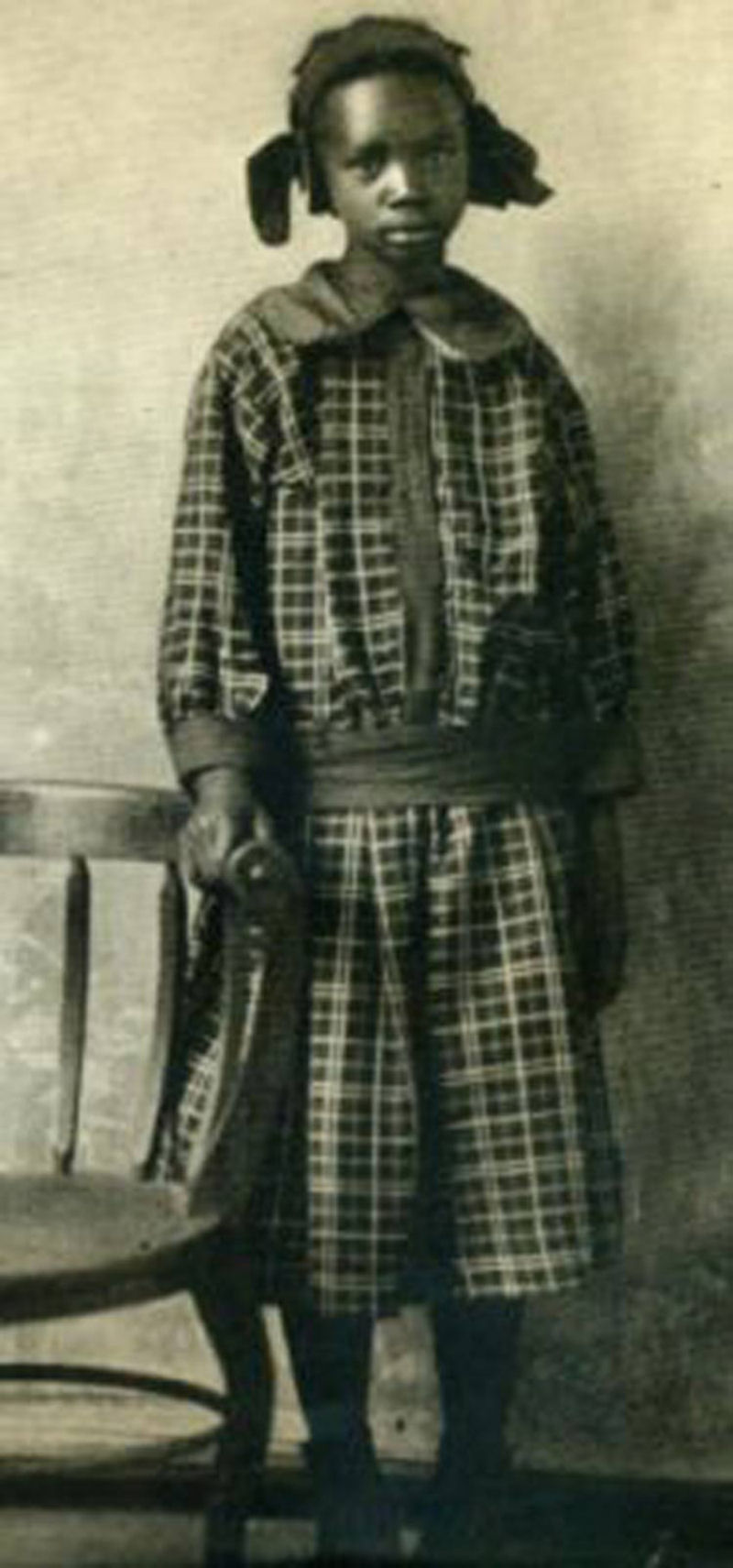
Sarah Rector was born on 3 March 1902 to Joseph Rector and Rose McQueen, both grandchildren of enslaved people owned before the civil war. This meant that they and their descendants were listed as freemen, and as a result, they were entitled to land allotments under the treaty of 1866.
This treaty made by the United States with the five civilised tribes ensured that almost 600 black children, or Muscogee Freedmen minors as they were also called, were granted land allotments, and Sarah Rector was allotted 159.14 acres (64 hectares). This action was necessary to form the state of Oklahoma.
The land given to Sarah was located 60 miles from where she and her family lived. The lands shared were considered inferior and infertile, making them unsuitable for farming as the best lands were reserved for the whites.
Sarah’s family was comfortable. However, they found it difficult to pay the property tax on her land. For this reason, her father appealed to the court to sell the land. This was denied as a result of the restrictions on the land.
In February 1911, Joseph Rector rented Sarah’s land to the Standard Oil Company and, in 1913, the independent oil driller, B.B. Jones drilled a well on the property, which produced a “gusher” that began to bring in 2,500 barrels of oil a day. Rector began to receive $300 from this.
The law then required that full-blooded Indians, black adults, and children who were citizens of Indian Territory with significant property and money assigned themselves to well respected white guardians.
This made Rector change her guardian to T.J. Porter. Soon enough, her allotment became part of the Cushing-Drumright Oil Field. In October 1913, she got royalties amounting to $11,567.
Sarah Rector’s wealth spread so wide that in 1913, the Oklahoma Legislature tried to have her declared white, allowing Rector to reap the benefits of her high social standing, such as riding in a first-class car on the trains.
In October of 1914, she was enrolled in the Children’s School, a boarding school at the Tuskegee Institute in Alabama, headed by Washington. Upon graduation, she attended the Tuskegee Institute.
By the time she was 18 in 1920, Rector had already become a millionaire, owning stocks, bonds, a boarding house, businesses, and a 2,000-acre piece of prime river bottomland. Then she and her family moved to Kansas City.
Soon after, she married Kenneth Campbell, a local businessman, in 1920. The wedding was a private affair with only a few people present. The couple had three sons and divorced in 1930. In 1934, she married William Crawford, a restaurant owner.

